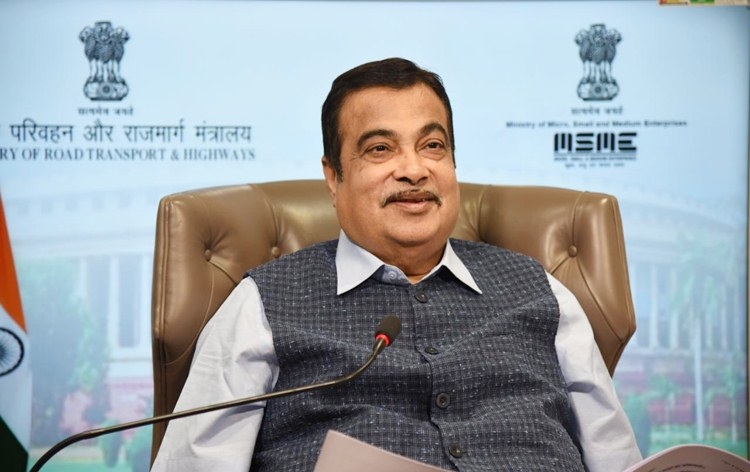Union Road Transport and Highways Minister Nitin Gadkari said on Thursday that green initiatives will be taken in the construction sector to achieve Prime Minister Narendra Modi’s vision of making the country carbon neutral by 2070.
Gadkari said at a press conference here that the transport ministry is finalizing a policy to use municipal waste in road construction. Apart from this, the government is also considering giving incentives to construction equipment manufacturers for not using fossil fuels.
Referring to the ‘Swachhta Hi Seva Pakhwada’ being run to make the country clean and garbage-free, Gadkari said that many programs have been planned, including cleanliness drives at 13 thousand places on national highways, roadside facilities, dhabas, and toll plazas. And work has been completed at about 7,000 places.
He said the disposal of solid waste generated on a daily basis is the major environmental challenge faced by urban areas across the country. The minister said that about 10,000 hectares of land are locked in dump sites. The ministry is working on solutions to use urban solid waste in highway construction. He said it is possible to create wealth from waste through technology and visionary leadership.
Talking about alternative biofuels in the country, Gadkari said he has been a strong supporter of creating an ethanol economy and is pushing for large-scale use of ethanol to boost agricultural growth by 6 percent. He said that its objective is to create an ethanol economy of Rs 2 lakh crore. With the launch of the world’s first BS-6-compliant Flex Fuel Strong Hybrid vehicle in Delhi, the Flex Engine will run on 100 percent ethanol, and the savings for the economy will exceed Rs 1 lakh crore. He said the IOCL plant in Panipat converts agricultural waste like rice straw into ethanol and bio bitumen.
Gadkari said his ministry has taken several initiatives to decarbonize the transport sector, and the government is working on developing an electric highway between Delhi and Jaipur. He said electric highways cater to electric traction for vehicles in the same way as they do for railways. It is based on the technology prevalent in countries like Sweden and Norway. This includes the provision of power cables, which can be used by a vehicle that meets this type of technology. The vehicle will use the power from this cable for its traction. At present, the ministry is evaluating various technologies.
(INPUTS from HS)














